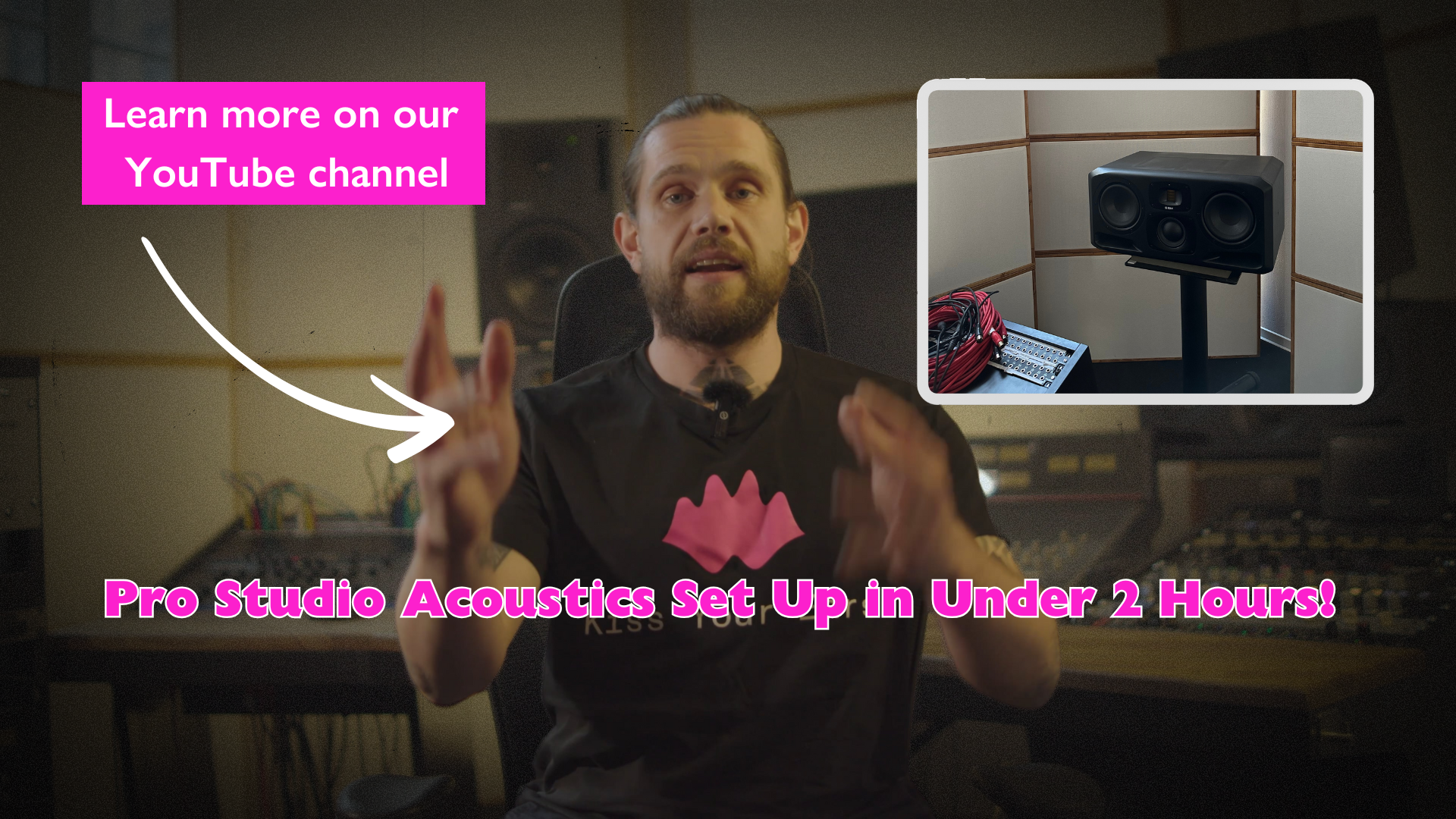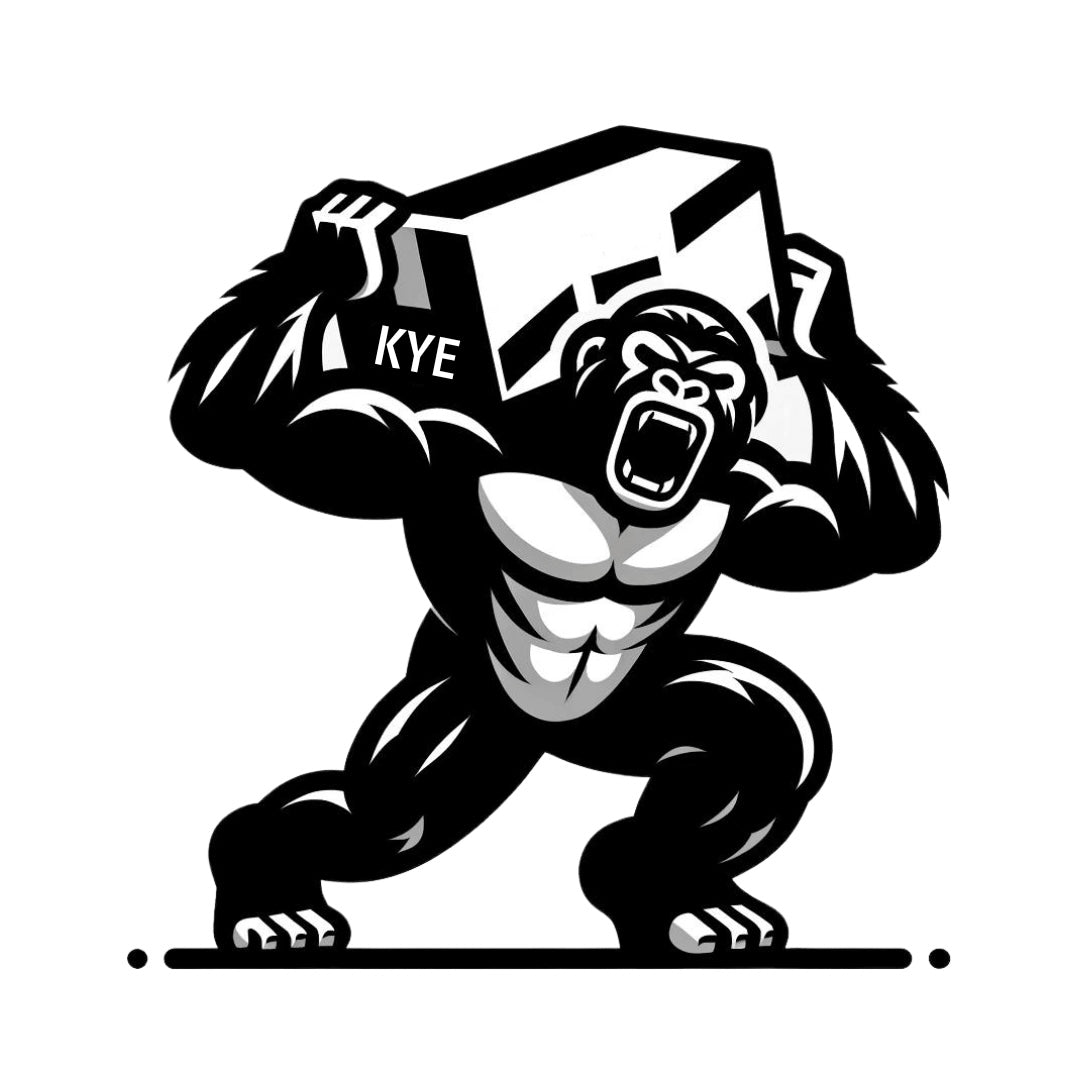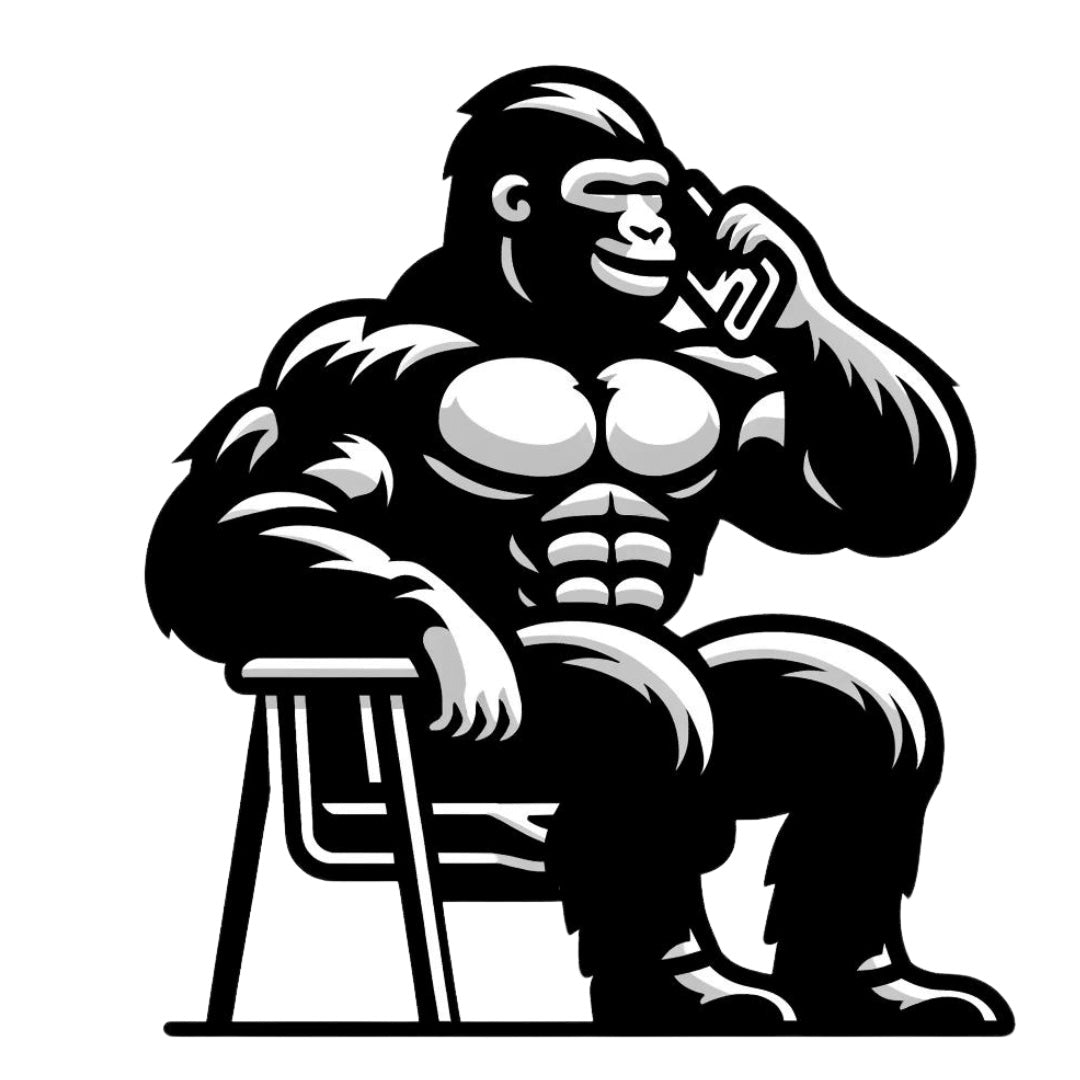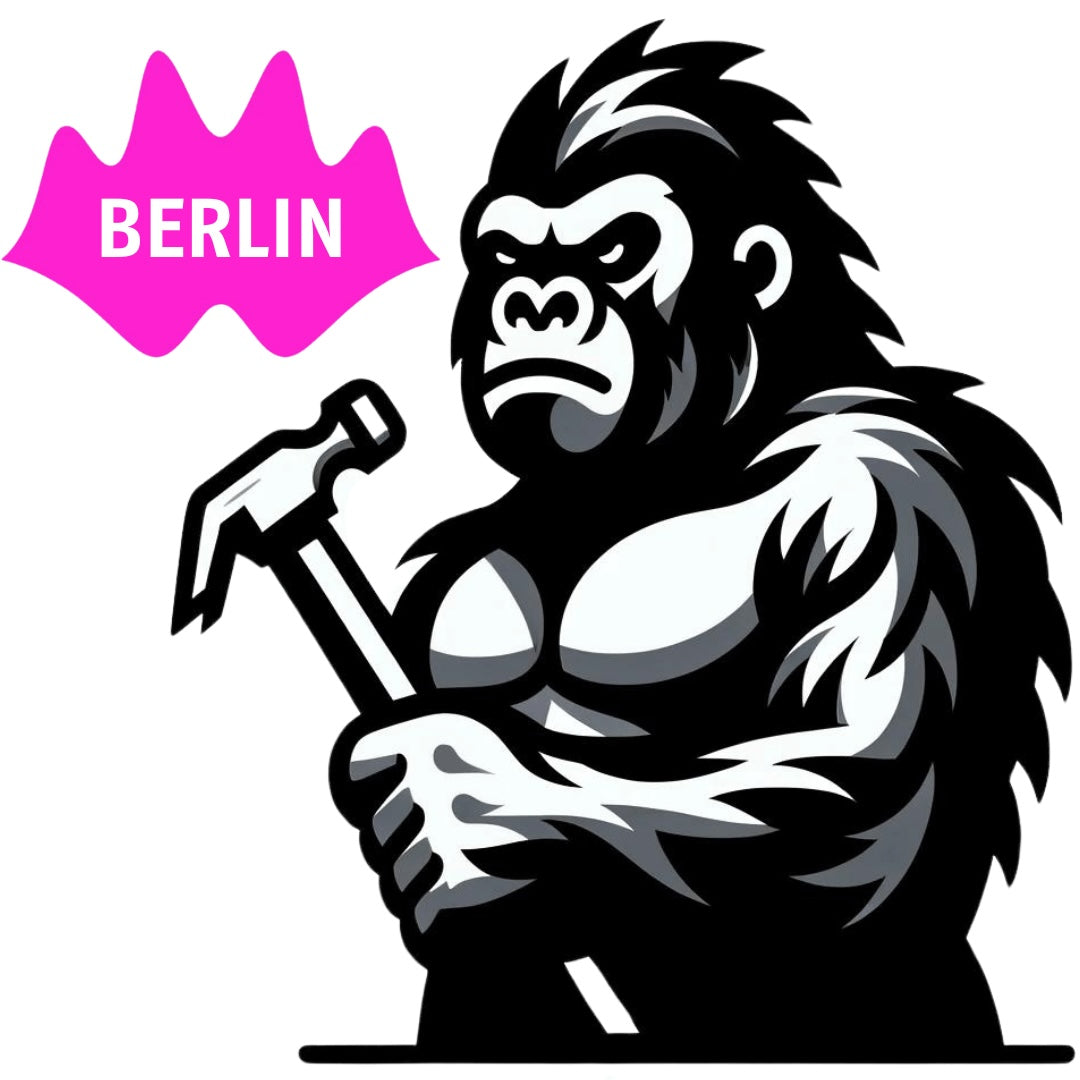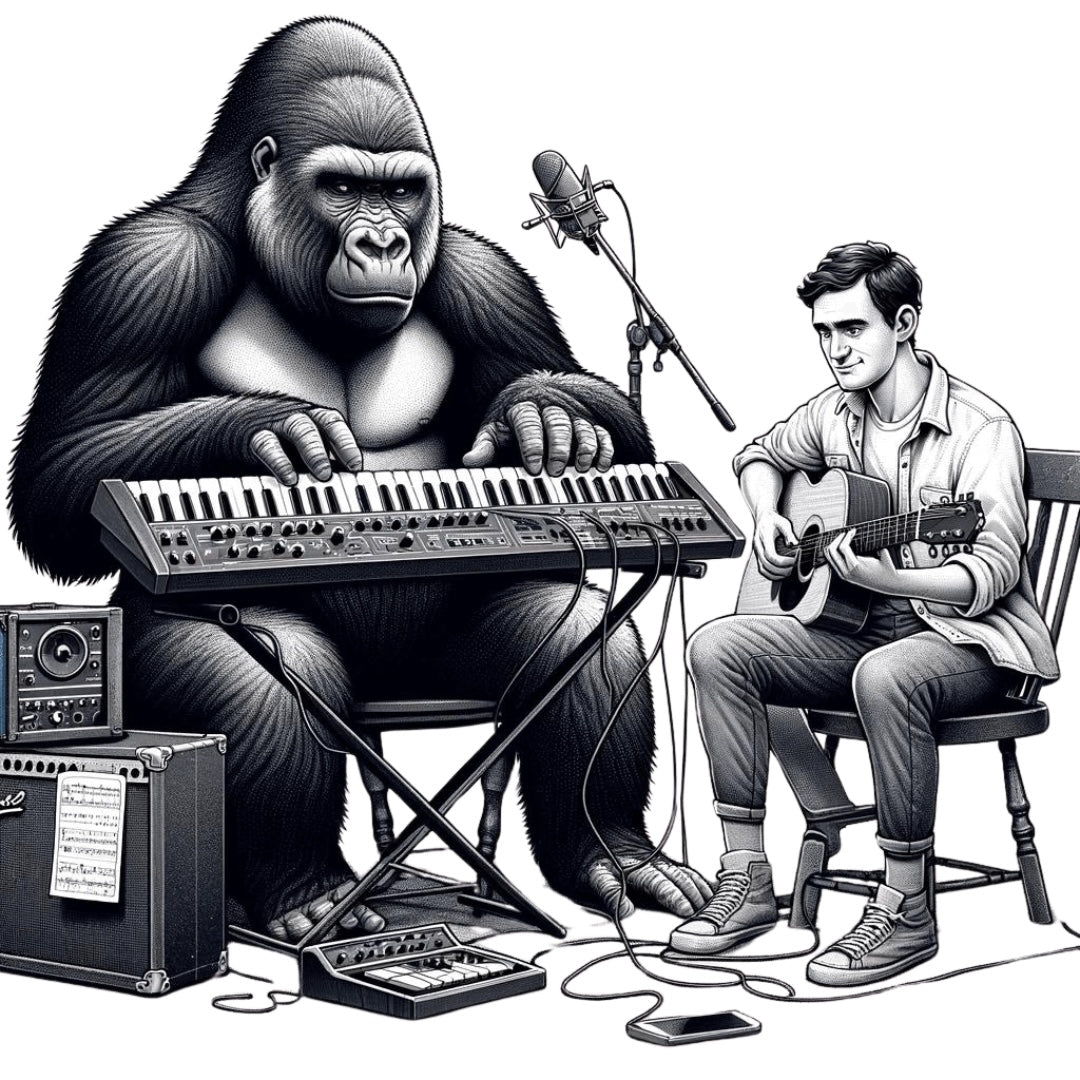Representation of club culture vs the swinging sixties
Written by Pete Armitage and edited by Sarah Martin
It’s very much a normalised amusement these days - impassioned youths visit a dark room, listen to repetitive music and take drugs.
However, for a pastime so ubiquitous that it’s almost the dominant socio-cultural order amongst Berliners, its actual representation in mainstream media seems miniscule.

With the exception of a handful of reasonably successful films such as 24 hour Party People, Berlin Calling and Human Traffic (all of which consist of a largely white cast), the ongoing legacy of rave culture has yet to be properly crystallised by the media. It’s ongoing, so perhaps the gratuitous process of immortalisation has yet to occur? The phenomena of posthumous hyper-idolisation is well accepted with regard to individuals. Think Van Gogh. Might this apply also to a scene?
In stark contrast to rave, the hippie movement and all its peculiarities have been immortalised in media portrayals, its associated motifs being instantly identifiable to even the most reclusive of 20th century troglodytes.
Cultural touchstones of the period such as Woodstock ‘69 have since been depicted in countless expressions; Cheech & Chong and The Big Lebowski come to mind, highlighting the period as a golden era of 20th century cultural advancement. The movement was arguably relived in the UK via the Britpop movement, further cementing its gravity.

Let’s face it though, a candid assessment of the swinging sixties ‘happening’ reveals roughly the same attributes as the contemporary iteration of rave as we know it (which has barely changed since ‘88): austere spaces, loud music, seizure-inducing lighting displays, drugs and mostly passive non-conformism. Both started as countercultural protest movements in response to discontent, with the pervading locus of attention and defining characteristics being certain styles of music that complemented the psychedelic experience.
Indeed a major similarity musically is the compositional devices used in both electronic club music and psychedelic rock function to complement psychophysiological phenomena classically associated with the drug experience such as euphoria, hallucinations and ASMR. Proponents could and can subscribe, and feel empowered by means of brief chemical-induced thought holidays rather than having to get their empowerment kicks from actual learning and political activism.
To quote Paul Manning1, ‘LSD-inspired music [is], among the watersheds of this change towards a postmodern consciousness which has replaced the politics of narrative with those of the soundbite.’

More importantly, both also started out as countercultural protest movements reappropriating music of black origin for the intents and purposes of white audiences to address largely white problems. In the former, it was delta blues and RnB from artists like Chuck Berry and Muddy Waters, which was transmuted into rock ‘n roll, and then psychedelic rock. Similarly, rave culture reappropriated the newly-coined ‘house and techno’ sounds of Detroit and Chicago, genres which themselves had been born out of disco and motown; music of black origin.
Indeed, the British press in particular highlighted the similarity of the two scenes by referring to the acid house movement of 1988, the ‘second summer of love’.
So the big question is… Why has rave culture not gained the same level of adoption by the mainstream as the hippies did? We can only look for clues. Is it the drugs? Nah, there was loads of gear kicking about during both periods. Perhaps we instead ought to consider one crucial difference in the scenes; the presence of the white, educated middle-class.
The hippie movement was for the most part of a homogenous composition largely consisted of the above-mentioned demographic. Young middle-class white folk were blessed with the luxury of actually being able to materialise the latter section of Timothy Leary’s incessantly repeated slogan ‘turn on, tune in, drop out’. Indeed, it’s hard to drop out when there’s nobody to catch you when you fall, as is the case with less fortunate communities.
Also, a significant portion of the biggest names in house and techno are POC. Perhaps we can speculate that this is one reason why rave culture has never been properly adopted by the media establishment? Perhaps it's just not white enough for the tastes of media gatekeepers who decide what’s allowed in and what’s not?
Let us not forget the great homage contemporary rave culture owes to LGBTQ communities also. The aforementioned techno and house scenes of the late 1980s USA had a very significant proportion of LGBTQ exponents. Clubs like Studio 54 and The Paradise Garage started out as refuges for deeply oppressed LGBTQ people of colour. Berlin has a reputation for relatively tolerant door policies and LGBTQ-friendly attitudes, but in fact many white clubbers are just too privileged to notice the racism occurring.
Ultimately, both rave and the swinging sixties are examples of countercultural phenomena rife with culturally appropriated traditions, fashions and ideas. Club culture thankfully remains at least partially true to its black roots whilst still being a grossly obtuse example of unacknowledged cultural appropriation. Ask before you steal.
-
Paul Manning (2007) ‘Drugs and Popular Music’ Willan Publishing

